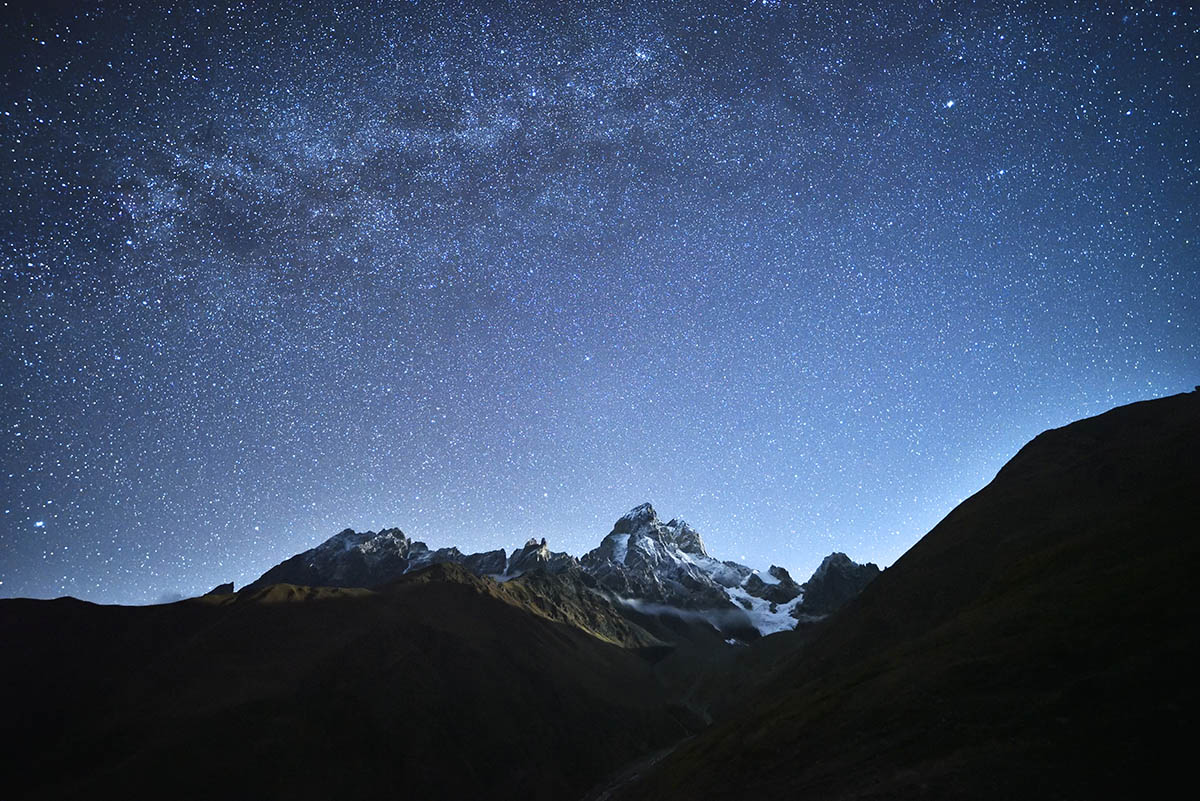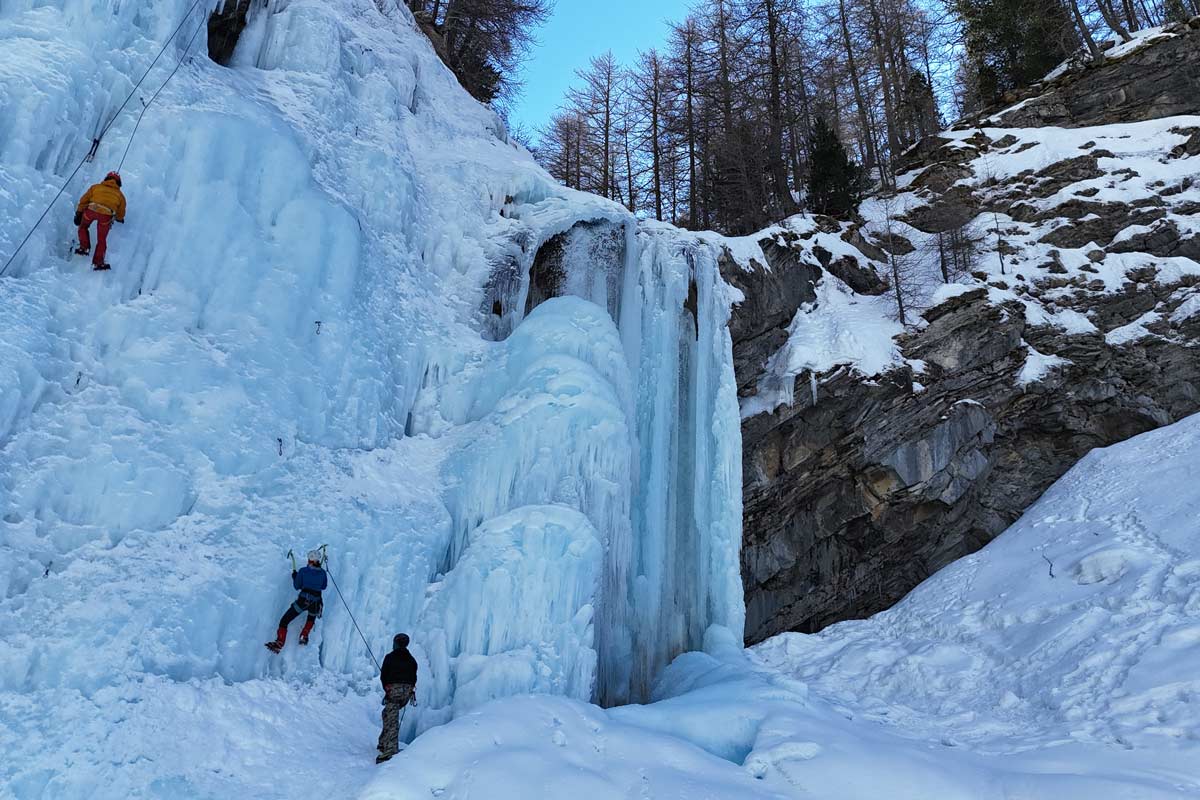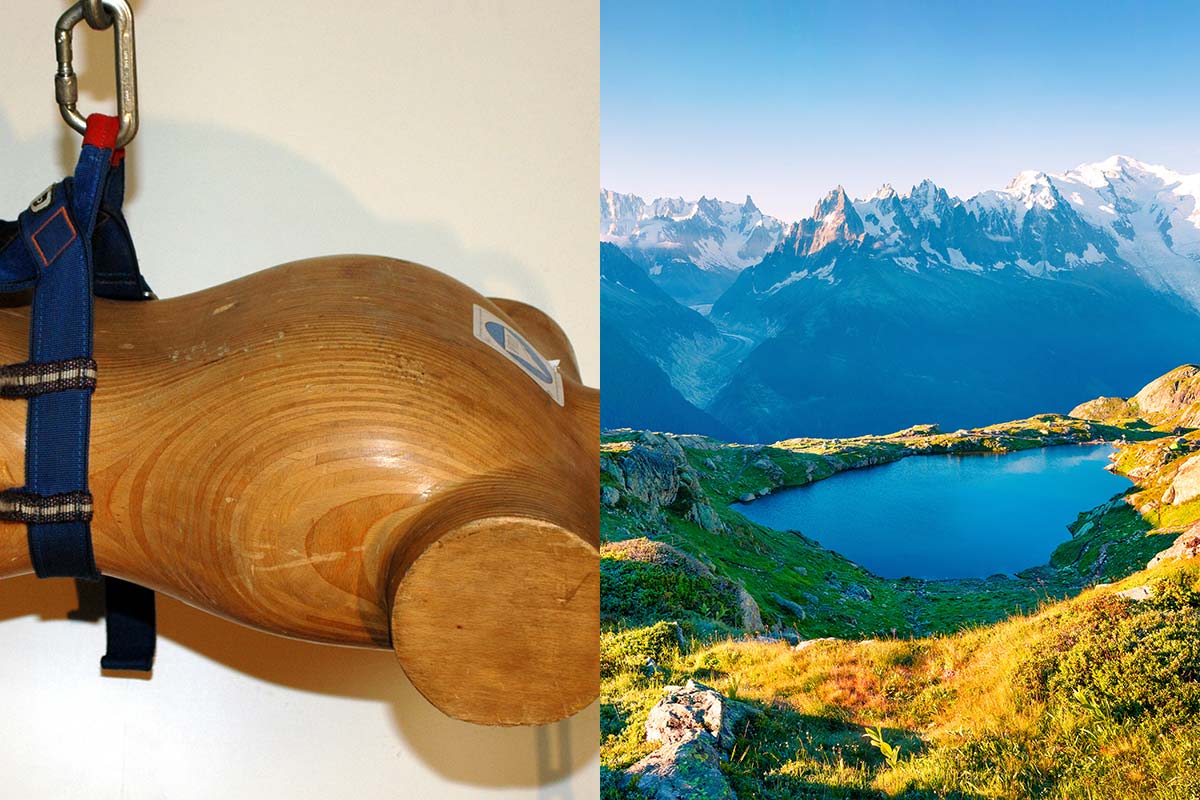Visual loss in the wilderness setting is potentially fatal. Firstly it may be a warning sign of a serious systemic problem and secondly the patient may lose their functional independence and ability to respond to objective danger.
The issues discussed in the UIAA MedCom paper #20, Eye Problems in Expeditions (available in English, Czech, German, Italian, Japanese and Persian) fall broadly into two categories, those that are unique to the high altitude setting and those that could happen anywhere but require treatment to protect vision when standard ophthalmological care is unavailable. The aims are to provide practical knowledge on how to manage simple eye problems and also how to recognise the warning signs when evacuation may be required.
In keeping with all wilderness medicine topics, preparation and prevention are essential to avoid eye problems in the mountains. This paper is intended for physicians, interested non-medical people and expedition operators as a practical guide to the treatment and prevention of eye problems on expeditions.
One of the specific topics it covers is the subject of snow blindness.
Snow blindness is caused by unprotected exposure of the cornea and conjunctiva to ultraviolet (UV) light, specifically UV-B. Snow blindness is therefore sunburn of the eye and can be extremely painful. Like sunburn, there is a delay between UV exposure and the onset of symptoms so by the time that the patient realises that they have snow blindness, the damage has already been done. The symptoms may also develop at night following an unprotected bright day in the snow.
Snow blindness is more common at high altitude because the air is thinner and thus more UV light penetrates the atmosphere. On ascent, UV exposure increases by 4% for every 300 metre climb. In addition, snow reflects 80% of UV light, greatly increasing the chances of snow blindness (WHO 1992). So it can take just a few minutes of unprotected exposure to cause debilitating snow blindness on a glacier at altitude.
Snow blindness is characterised by red, painful, gritty eyes with photophobia (aversion to light): many patients find it impossible to keep their eyes open. The conjunctiva will be red where it has been exposed to light and the cornea will show punctate staining with fluorescein drops. Treatment includes local cooling (e.g. with cool, damp compresses), antibiotic ointment (Oc. Chloramphenicol tds – 3 times a day), cycloplegic drops to relieve the pain of ciliary spasm (G. Cyclopentolate tds), rest and light avoidance.
Recovery is usually within 24 hours but beware of secondary infection as snow blindness renders the eye vulnerable. Local anaesthetic eyedrops delay healing and increase risk of infection so should only be used to allow examination or allow emergency evacuation from a perilous position. A greasy eye dressing with double padding can aid comfort for the first night and nonsteroidal anti-inflammatory drugs make good oral analgesics to treat ocular pain. Avoidance of snow blindness is achieved by using sunglasses blocking all UV transmission, preferably of good quality (CE/EN protection class 3 or 4 and 100% UV protection) with protective sidepieces, or with goggles.
These should be worn at all times in snow, especially at high altitude. In an emergency, sunglasses can be made from a piece of bark or cardboard with small slits in it tied around the head. Porters are just as vulnerable to snow blindness, so don’t forget to give them sunglasses too. The authors applaud initiatives by porter welfare organisations who are encouraging expedition leaders to provide their porters with eye protection.
The paper also assesses:
- Expedition preparation
- Pre-existing ocular conditions
- Monocular vision
- Refractive errors
- Cataract surgery
- Glaucoma
- Diabetes
- Retina surgery
- High altitude retinopathy
- Loss of vision
- Contact lenses
- Refractive surgery and altitude
- Dry eyes
- Trauma
Further Reading
This article is the latest in our Series exploring the UIAA MedCom’s extensive and essential archive of high-altitude recommendations.
Already published:
#1 Nutritional considerations in mountaineering
#2 Children at Altitude
#3 Mountain activities for people with pre-existing cardiovascular conditions
#4 Avoiding the perils of Kilimanjaro
#5 What you need to know about water disinfection in the mountains
#6 Advice for Gap Year Explorers. How to Check The Quality of a Commercially Organised Trek or Expedition



